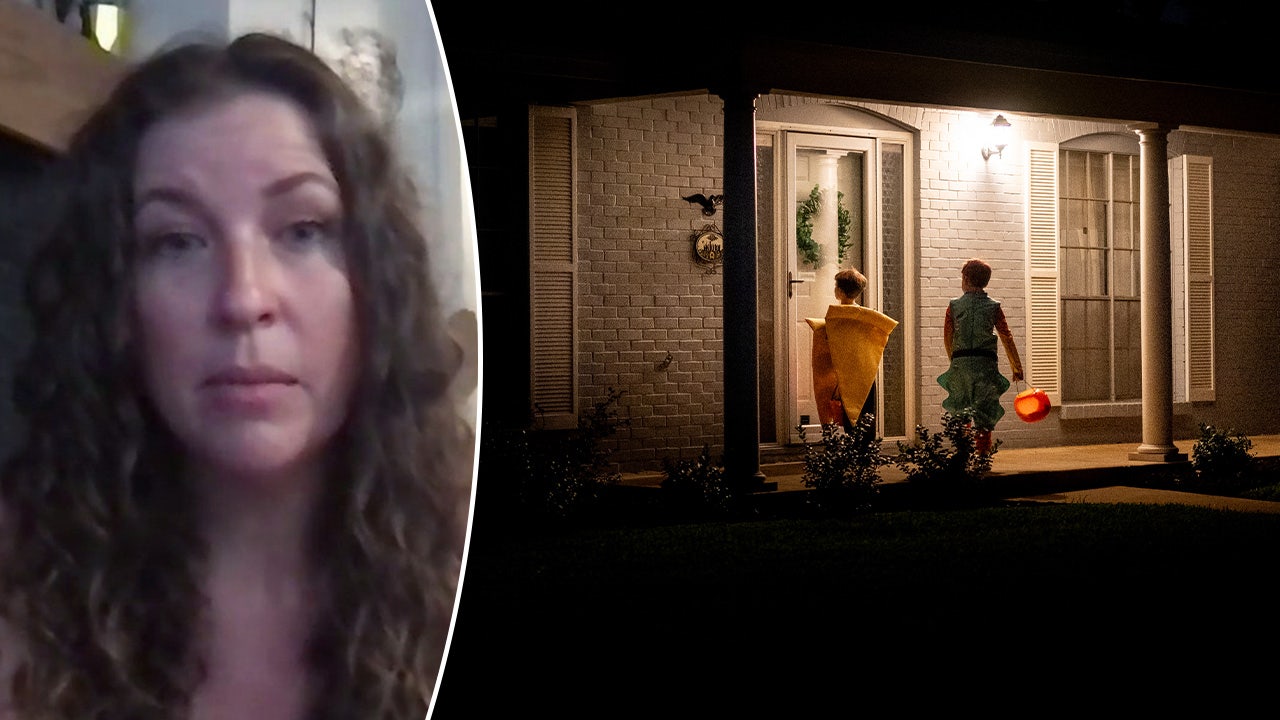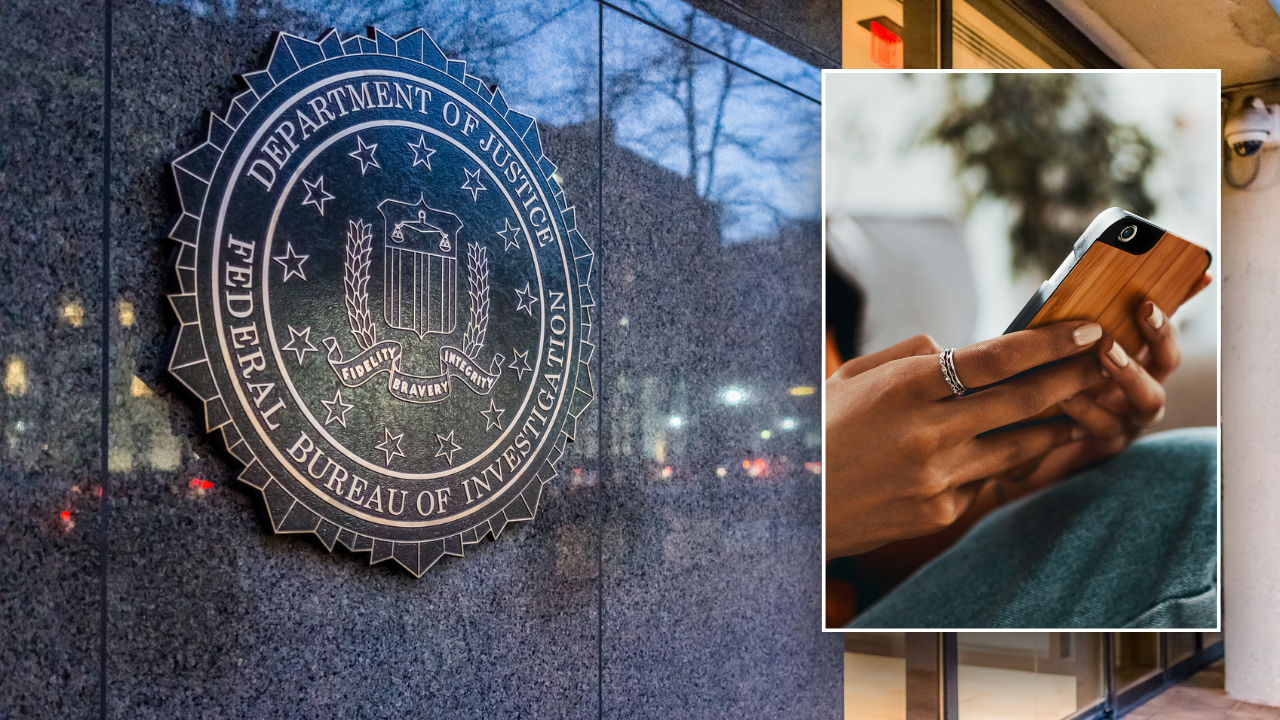Recently, the Supreme Court justices Sonia Sotomayor and Amy Coney Barrett spoke together publicly about how members of the court speak civilly to one another while disagreeing, sometimes vigorously, about the law. Considerable disagreement on professional matters among the Supreme Court justices, important as they are, remain professional, not personal. The members of the court can and do get along well personally. That matters.
In my tenure, this meant that we could listen to one another, which increased the chances of agreement or compromise. It means that the court will work better for the nation that it serves. And I wonder: If justices who disagree so profoundly can do so respectfully, perhaps it is possible for our politically divided country to do the same.
Sandra Day O’Connor was the first woman appointed to the court; Ruth Bader Ginsburg was the second. I remember being slightly surprised when, during a visit to meet with several European judges, they suddenly disappeared. Where had they gone? It seems they went off together to look for suitable women’s collars for their robes. They found some, and Justice Ginsburg wore them ever after.
At about the same time, Justice O’Connor reminded me that our chief justice, William Rehnquist, had decided that he too needed something distinctive on his black robe. Inspired by Gilbert and Sullivan’s “Iolanthe,” he decided to enliven it with a few gold stripes on the sleeves. Justice O’Connor found at a European bookstall a picture of Lorenzo de’ Medici wearing similar stripes. She suggested that we send it to him with a special message from her.
We would do things together outside of class. Chief Justice Rehnquist, Justice Anthony Kennedy, Justice O’Connor and I would play bridge with friends and spouses (often changing partners). Today, I gather that justices who do not always agree on legal results nonetheless agree to go to hockey games or play golf together. (Why hockey in Washington, D.C., where baseball, football and basketball abound? Perhaps they just like hockey.)
As is fairly well known, Justice Ginsburg and Justice Scalia loved opera and became great friends. They even convinced Justice Kennedy and me to take part in a Washington Opera performance of “Die Fledermaus,” provided, of course, that we simply sat onstage on a sofa and never opened our mouths. Justice Scalia had a good musical voice, however; he, law clerks and other justices would sometimes sing at the court, joined by Chief Justice Rehnquist, as well as by a friend of Justice Scalia who was a fine pianist and loved Cole Porter.
Justice Scalia and I would talk to students in high school, law school and other audiences about the court. It was obvious to those audiences that while we did not share basic views about how to interpret difficult statutory and constitutional phrases, we were friends.
Certain unwritten rules help to smooth over differences and maintain good personal relations among court members. At conferences when we discussed cases privately, we proceed in order of seniority, and no one would speak twice until everyone had spoken once. Thus, everyone could be fairly sure that he or she would have a chance to speak before minds were definitely made up. (This rule helped me, for I was the most junior justice for 11 years.)
Once all had spoken we would discuss the case, back and forth. But one quickly learned that it did not help to say “I have a better argument than you.” Much better to listen to what others say and to find in their points of view material for working out an agreement, or perhaps a compromise.
Chief Justice Rehnquist generally did not approve of jokes made during the business portion of the conference, though I admit I once told him while we were having coffee, and having recently nearly lost a majority on what we thought initially would be a unanimous opinion, “I have discovered how to get five people on a single opinion.” “How?” he asked. “Start with nine,” I replied.
In any event, agreement or disagreement, joke or no joke, in my 28 years on the court I did not hear a voice raised in anger in that conference, nor were snide or personal remarks ever made. The discussion was professional, disagreements reflected legal differences on the merits, and the justices tried to find ways to reach court agreements.
Justice O’Connor maintained that a highly important informal court rule was this: You and I may disagree strongly in respect to Case One, but that fact has nothing to do with our positions in respect to (non-legally-related) Case Two, where we may be the strongest of allies. That is, no horse-trading.
After conference we would have lunch, often talking about sports or trading so-called jokes, and other nonlegal matters. I remember once saying to Chief Justice Rehnquist that I thought it amazing that we were about to have a pleasant lunch when just 20 minutes before at conference we had strongly disagreed about applicable law. His reply suggested that he thought only a short time earlier that half the court thought the other half had lost its mind.
What works for nine people with lifetime appointments won’t work for the entire nation, but listening to one another in search of a consensus might help.






